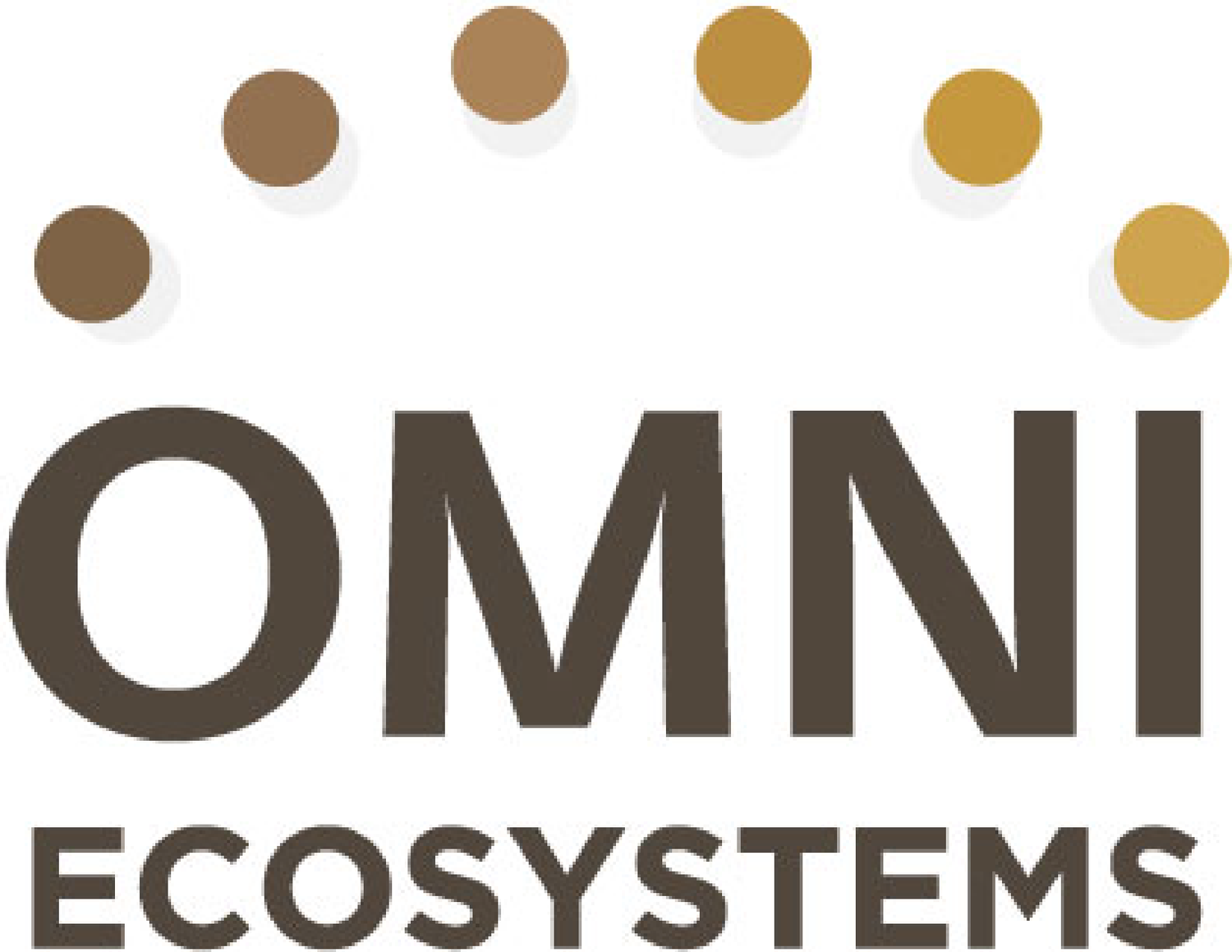Green Roofs: Planting More than a Garden
HISTORY
Vegetated roofs, or green roofs are not just a new architectural trend, they have been around in one form or another for thousands of years. Until the late 19th century, turf and birch roofs were the most common type of roof found on houses in large parts of Scandinavia. In the 1800s some American settlers on the Great Plains built roofs from cut sod pieces. The modern green roof movement as we know it began in Germany in the 1970s and gradually spread to other European countries. Green roofs were slower to catch on in the United States, but with increasing client demand and advancements in technology such as the availability of ultra-lightweight growth medium and irrigation systems, they are now more viable for American roofing contractors than ever before.
HEALTHY OUTDOOR SPACE
Outdoor space has long been a popular amenity, but in the COVID-19 era, it is even more sought after as people avoid gathering in public places. Private outdoor spaces like green roofs and terraces provide respite and an opportunity to experience nature while allowing neighbors to maintain social distancing. There is mounting evidence that access to green space can increase concentration and decrease stress, providing positive impacts on psychological well-being and overall health. As building managers and owners look ahead to a post-pandemic world, they are faced with the challenge of providing a safe and clean environment. Green roofs provide the potential to go even further by enhancing the health of its occupants.
VALUE ADD
As green roofs have grown in popularity, so has the value they add to construction projects. District House is a 28-unit luxury condo building located in the historic district of Oak Park. The project features several state-of-the-art, ecological amenities including five green roof terraces for premium second-floor units. An analysis was performed to compare sales of units in the building with private green terraces to those without. The units were otherwise the same, but the terrace units sold for an average $69,000 more despite an average additional construction cost of only $20,000 more per unit. This was a tangible way to see that adding green infrastructure provides return on investment while also increasing the appeal and enjoyment to the resident. Project developer, Campbell Coyle’s President Christopher S. Dillion said, “The green roofs express the building’s sustainability aspirations with its meadow plantings visible from blocks away. At the human scale, the terraces create incredible outdoor rooms for residents to connect. We’ve always believed that there is a return on good design and this project showed us that there is a direct return on green infrastructure.” The market value of the green roof far exceeds the cost. In this case by over three times.
ECOLOGICAL BENEFITS
The environmental benefits of green roofs extend beyond the occupants of the buildings where they are built. They cool the surrounding area and reduce the Urban Heat Island (UHI) effect. They also reduce the amount of dust in the air and absorb noise pollution. Green roofs reduce stormwater runoff by retaining and detaining rainwater, holding it back from the overtaxed combined sewer system. For example, the green roof system on the McDonald’s Headquarters in Chicago managed nearly one million gallons of rainwater in its first 16 months post-construction, releasing none of it into the municipal water system. This helps prevent floods, overflows, and other water-related issues. Numerous cities now offer incentives for integrating green roofs into buildings, while others legally mandate that green roofs be included in some new construction.
TRIPLE BOTTOM LINE
The final takeaway is that green roofs not only provide a return on investment, but also represent opportunities for significant health, social and economic benefits, particularly in urban areas. With the co-benefits of improving the environment, increasing property value and enhancing the social fabric, green roofs are good for people, planet, and pocketbook.



